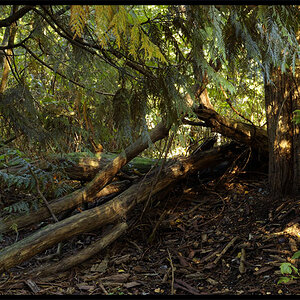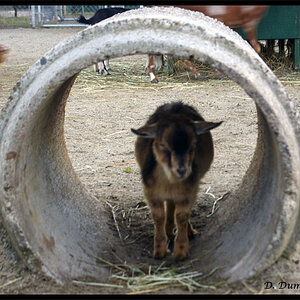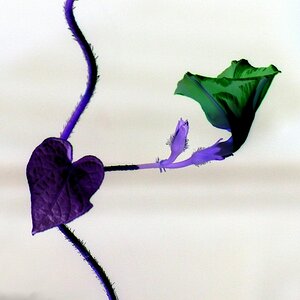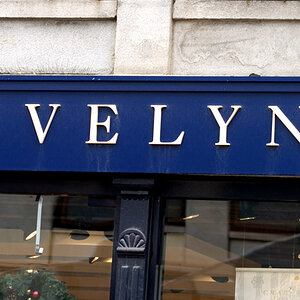sk66
No longer a newbie, moving up!
- Joined
- Jan 24, 2014
- Messages
- 244
- Reaction score
- 42
- Location
- Harrisburg PA
- Can others edit my Photos
- Photos OK to edit
I would consider it worth the risk if it's in very good condition. The shutter is only rated to 150k and many die shortly after that, but many go well beyond that as well (keep in mind the DB is dependent on individuals actually reporting).
And a shutter replacement ($250-500 depending on what else they decide needs fixing) would still put it under the average price.
And a shutter replacement ($250-500 depending on what else they decide needs fixing) would still put it under the average price.










